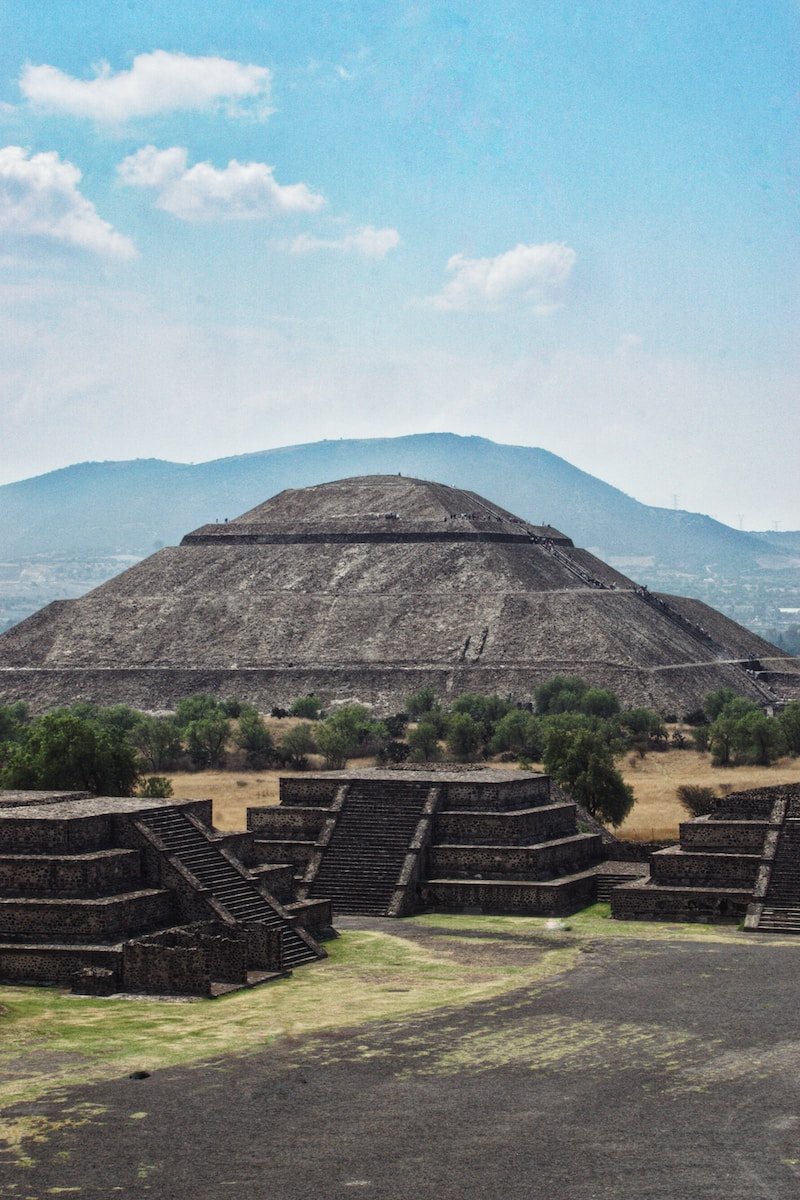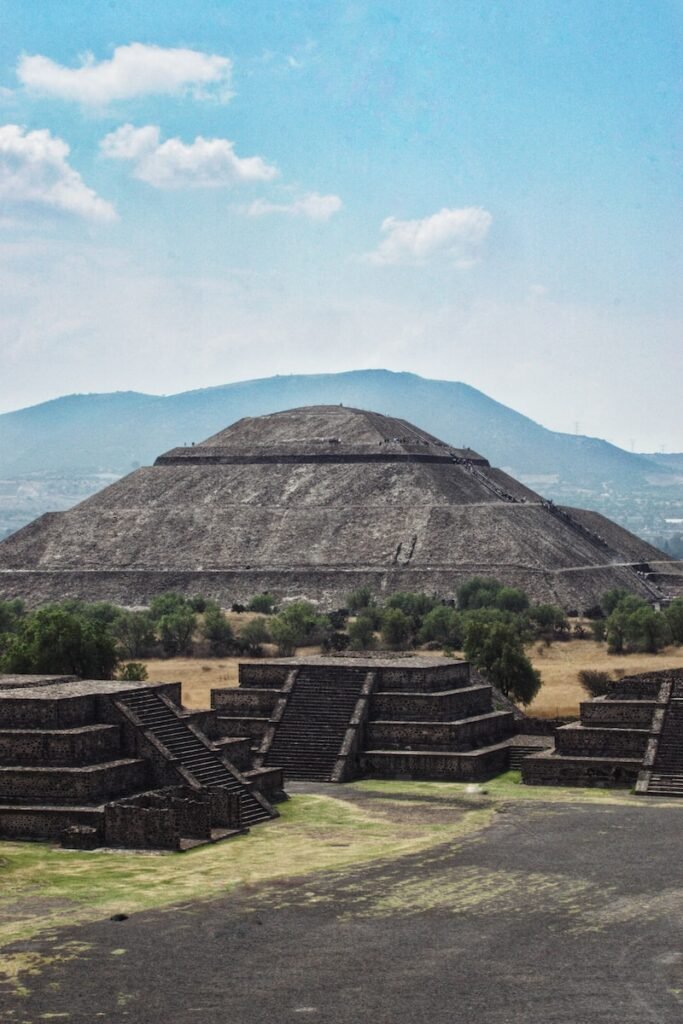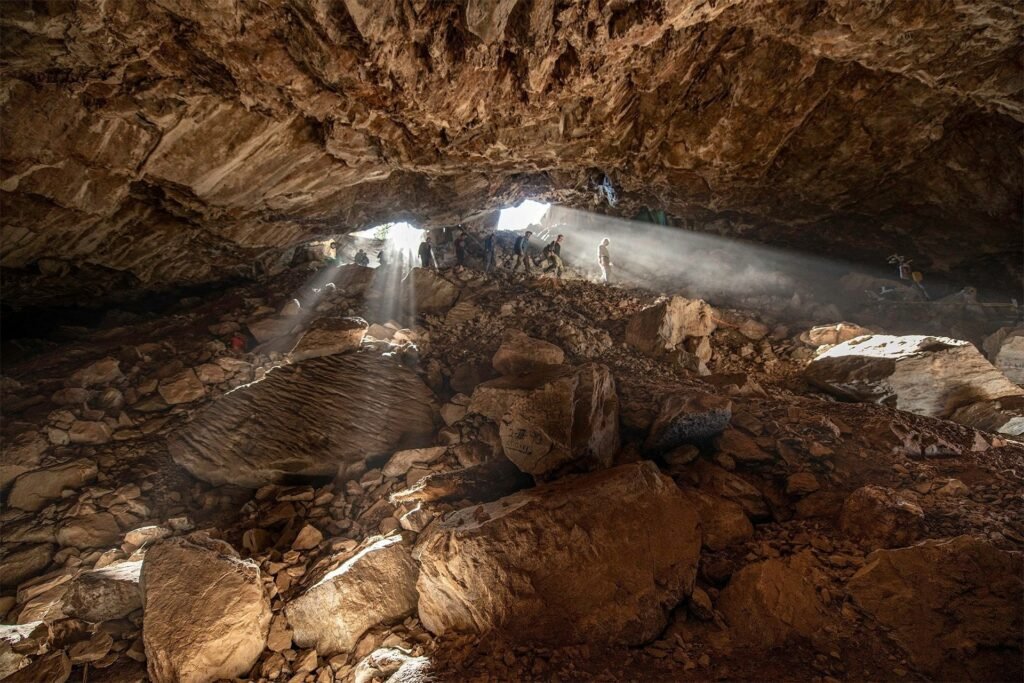The Aztecs and Their Enigmatic Civilization
The Aztecs, also known as the Mexica, were a fascinating civilization that thrived in Central Mexico from the 14th to the 16th centuries. Their empire, which was centered in the magnificent city of Tenochtitlán, encompassed a vast territory and left a lasting impact on the history and culture of the region. From their enigmatic origins to their devastating fall, the Aztecs have intrigued historians and archaeologists for centuries. In this article, we will unravel the captivating history of the Aztecs, exploring their rise to power, their vibrant society and culture, as well as their achievements in agriculture, warfare, art, and architecture. We will also examine the controversial aspect of human sacrifice and the pivotal moment when the Aztecs encountered the Spanish conquistadors. Finally, we will discuss the legacy and lasting influence of this remarkable civilization.

Tracing the Roots of the Aztec Empire
The origins of the Aztecs are shrouded in mystery and legend. According to Aztec mythology, their ancestors originated from a mythical homeland called Aztlán and embarked on a long journey southward until they reached the Valley of Mexico. It is believed that the Aztecs arrived in the region around the 13th century and initially settled in various locations before establishing their capital, Tenochtitlán. They assimilated with the local tribes and gradually built alliances that would later contribute to the formation of their empire.
How the Aztecs Built Their Empire
The Aztecs’ rise to power can be attributed to a combination of strategic political alliances, military prowess, and tribute collection. Through diplomatic marriages and alliances, they formed a Triple Alliance with the city-states of Texcoco and Tlacopan, which enabled them to expand their influence and control over neighboring territories. The Aztecs also had a formidable military force, known for their highly organized and disciplined warriors. Their reputation as fierce fighters and their ability to extract tribute from conquered cities contributed to their rapid growth and consolidation of power.

The Magnificent Capital of the Aztec Empire
At its peak, the Aztec Empire was centered in the spectacular city of Tenochtitlán. Situated on an island in the middle of Lake Texcoco, the city was a marvel of engineering and urban planning. It boasted grand temples, impressive palaces, and vast markets teeming with activity. The Aztecs constructed a network of causeways and canals that connected the city to the mainland, allowing for efficient transportation and trade. Tenochtitlán was a bustling metropolis with a population estimated to be as high as 200,000 people, making it one of the largest cities in the world at the time.
Society and Culture
The Aztec society was organized hierarchically, with the emperor, known as the tlatoani, at the top of the social ladder. Beneath him were the nobility, priests, warriors, merchants, and commoners. Slavery was also prevalent in Aztec society, with slaves being acquired through warfare or as a form of punishment. The Aztecs had a complex religion that revolved around the worship of many gods, with the sun god, Huitzilopochtli, being the most important. They believed in the cyclical nature of time and the need for human sacrifices to ensure the sun’s continuous rise and fall.
The Foundation of Aztec Prosperity
The Aztecs were skilled farmers who developed intricate irrigation systems and terraced fields to maximize agricultural production. They cultivated a wide variety of crops, including maize, beans, squash, and chili peppers. The surplus food allowed for the growth of a thriving market economy, with markets known as tianquiztli playing a crucial role in the exchange of goods and services. The Aztecs also had a sophisticated tax and tribute system, which contributed to their economic prosperity and the maintenance of their empire.

Warfare and Conquests: The Aztec Empire’s Military Might
The military played a central role in Aztec society, with warfare being a constant endeavor for territorial expansion and tribute acquisition. The Aztec warriors, known as the eagle and jaguar knights, were highly trained and disciplined. They wore distinctive feathered headdresses and carried formidable weapons such as obsidian-bladed swords and wooden clubs embedded with sharp spikes. The Aztecs employed various strategies in battle, including ambushes, sieges, and psychological warfare. Their military might allowed them to conquer and subjugate numerous cities and tribes throughout Mesoamerica.
Human Sacrifice: Examining the Controversial Aztec Rituals
One of the most controversial aspects of Aztec culture was their practice of human sacrifice. The Aztecs believed that offering human blood and hearts to the gods was necessary to sustain the cosmic order and ensure the prosperity of their empire. These rituals were intricate and involved the capture and preparation of victims, usually prisoners of war. Sacrifices were performed on top of pyramids or during religious ceremonies, with the hearts of the victims being ritually extracted. While these practices may seem barbaric to modern sensibilities, they were deeply ingrained in Aztec religious beliefs.

Art and Architecture: The Awe-Inspiring Aztec Creations
The Aztecs were skilled artisans and architects, creating breathtaking works that showcased their artistic prowess. They excelled in various art forms, including pottery, sculpture, featherwork, and intricate gold and silver jewelry. Their architecture was characterized by monumental structures, such as temples and palaces, adorned with intricate carvings and colorful murals. One of the most iconic Aztec structures was the Templo Mayor, a massive pyramid dedicated to Huitzilopochtli and Tlaloc. The art and architecture of the Aztecs reflected their religious beliefs and served as a means of visual storytelling.
Arrival of the Conquistadors: Aztecs Meet the Spanish
In 1519, the Aztecs encountered a group of Spanish conquistadors led by Hernán Cortés. Mistakenly believing Cortés to be the returning god Quetzalcoatl, the Aztec emperor Moctezuma II initially welcomed the Spanish. However, the relationship quickly deteriorated as the conquistadors revealed their true intentions of conquest and colonization. The Spanish exploited divisions within the Aztec Empire and formed alliances with rival city-states, ultimately leading to the downfall of the Aztec civilization.
Fall of the Empire: The Devastating End of the Aztecs
The fall of the Aztec Empire was a catastrophic event that occurred between 1519 and 1521. The Spanish conquistadors, aided by their indigenous allies, besieged Tenochtitlán and engaged in a brutal war against the Aztecs. The city was eventually captured and the emperor Moctezuma II died under mysterious circumstances. The Aztecs fought fiercely against the invaders, but their lack of immunity to European diseases, such as smallpox, proved to be their downfall. The devastating combination of warfare and epidemic diseases resulted in the collapse of the once mighty Aztec Empire.
The Lasting Impact of the Aztecs
Despite their demise, the Aztecs left a lasting impact on the history and culture of Mexico. Many aspects of their society, such as their agricultural practices, architectural techniques, and religious beliefs, continue to influence the region to this day. The Spanish colonization of Mexico also resulted in the blending of Aztec and European traditions, giving rise to a unique cultural identity. The Aztecs’ contributions to art, science, and philosophy cannot be overlooked, and their legacy serves as a reminder of the remarkable achievements of this enigmatic civilization.
The Aztecs, with their enigmatic origins, rise to power, and awe-inspiring achievements, continue to captivate us with their fascinating history. From the magnificent city of Tenochtitlán to their vibrant society and culture, the Aztecs left an indelible mark on the annals of Mesoamerican civilization. While their practices, such as human sacrifice, may be controversial, it is important to understand them within the context of their religious beliefs. The fall of the Aztec Empire, brought about by the arrival of the Spanish conquistadors, was a devastating blow that forever altered the course of history. However, the legacy and lasting influence of the Aztecs continue to shape the cultural landscape of Mexico and inspire generations to come.



